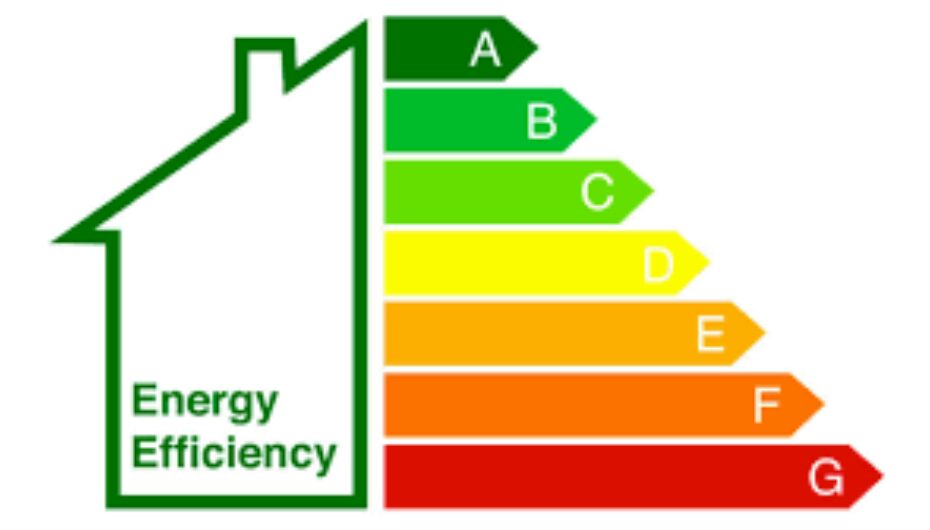 30th December 2024
30th December 2024
PROPOSED OVERHAUL OF ENERGY PERFORMANCE CERTIFICATES WILL IMPACT THE ENTIRE PROPERTY SECTOR
The UK Government has unveiled plans to reform the Energy Performance of Buildings (EPB) framework in England and Wales, with sweeping changes to the way Energy Performance Certificates (EPCs) are structured, used, and valued. Both commercial and residential agents, landlords, and property owners will need to renew their EPCs more often, and some exemptions, for example for heritage properties, may no longer apply.
Propertymark’s report, Making UK property energy efficient, found that in their current form EPCs have little influence on consumer behaviour and are failing to encourage efficiency improvements and reduce the amount of energy used by buildings. Possibly the most significant flaw is that EPCs take the cost of energy into account when determining the energy performance of a property. As electricity is more expensive than gas, the transition from a gas boiler to a heat pump can result in a worsening of the EPC score.
ENERGY EFFICIENCY
The UK housing stock is amongst the least energy efficient in Europe and the Committee on Climate Change says that energy use in homes accounts for about 14 per cent of UK greenhouse gas emissions. Non-domestic buildings account for around one-third of UK emissions from the building stock.
A shift to comprehensive metrics
One of the most significant changes involves the introduction of multiple metrics on EPCs to provide a more rounded view of a building’s energy performance. The current single-metric approach—Energy Efficiency Ratings (EER) for domestic properties and Environmental Impact Ratings (EIR) for non-domestic properties—has been criticised for its limitations.
Under the new proposals, domestic EPCs would include four headline metrics:
• Fabric performance - evaluating thermal efficiency
• Heating system - the energy efficiency and environmental impact
• Smart readiness - gauging potential for smart technology integration
• Energy cost - providing financial insights.
Additional metrics, such as carbon emissions and overall energy use, would serve as secondary information. These changes aim to give a clearer, more user-friendly overview of energy performance, making it easier for homeowners, tenants, and buyers to make informed decisions.
HEAT NETWORK PILOT PROGRAM: A STEP FORWARD
Changes for homeowners and landlords
The reforms propose reducing the validity period of EPCs, currently 10 years, to somewhere between two and seven years. While existing certificates will remain valid until their expiry, new ones will need to be renewed more frequently, leading to higher costs for property owners.
For homeowners, a key change would require properties to have a valid EPC before being marketed for sale or rent, removing the current 28-day grace period.
For landlords, additional proposals include requiring new EPCs even during an ongoing tenancy when the existing one expires and extending EPC requirements to short-term rental properties and individual rooms in Houses in Multiple Occupation.
Exemptions for heritage buildings could also be removed, although existing protections under Minimum Energy Efficiency Standards (MEES) would still apply.
BALANCING CONSERVATION WITH ENERGY EFFICIENCY IN LISTED AND HISTORIC BUILDINGS
Impacts on property value and mortgages
Energy efficiency is becoming a critical factor in property valuation and mortgage eligibility. Homes with high EPC ratings (A or B) are expected to see increased desirability and value, while properties with low ratings (F or G) may face reduced appeal and selling difficulties.
Mortgage lenders are also aligning their products with energy performance. For instance, Halifax offers better loan terms for energy-efficient properties, while penalising those with poor ratings. This trend may further motivate property owners to invest in energy efficiency upgrades.
Implications for non-domestic properties
Non-domestic buildings are not exempt from these reforms. The UK Government is reviewing EPC metrics for these properties, with carbon emissions likely to remain the primary headline metric. Additional proposals include:
• Shortening validity periods for Display Energy Certificates (DECs).
• Enhancing data transparency and management by making EPC data more accessible and reliable.
• Strengthening compliance measures, such as increasing penalties for violations and simplifying Air Conditioning Inspection Reports (ACIRs).
THE LAW COMMISSION SEEKS VIEWS ON COMMERCIAL SECURITY OF TENURE
Preparing for the future
Although these reforms are still under consultation, their impact is expected to be significant. Property owners and sector professionals should begin planning energy efficiency improvements to adapt to the forthcoming changes, which promise benefits such as lower energy bills, enhanced comfort, and a reduced environmental footprint.
The UK Government aims to introduce updated EPC metrics in the second half of 2026, alongside the Home Energy Model for domestic properties, with a consultation on this model planned for 2025. For non-domestic buildings, changes will align with updates to the National Calculation Methodology. These reforms are expected to influence regulatory targets, grant eligibility, and investment planning for retrofits, transitioning the housing market toward greater energy consciousness.







